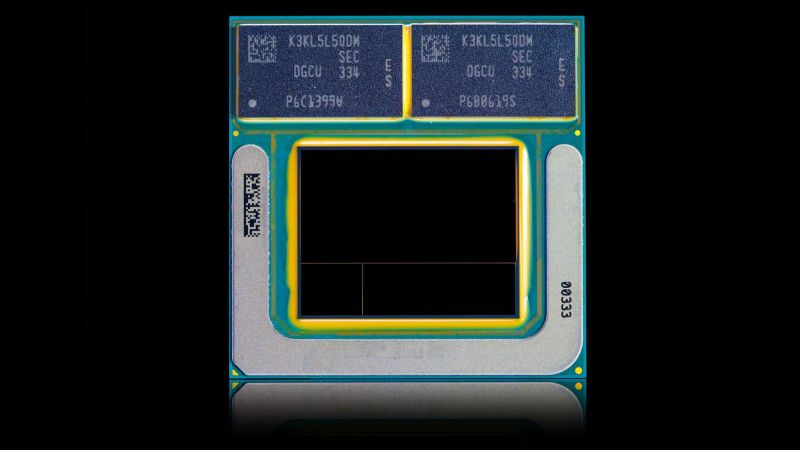The quarterly reports of Intel and AMD on Form 10-Q contain summarized information about the dynamics of changes not only in financial indicators, but also in product shipment volumes. The third quarter for these companies was characterized by multidirectional trends in the desktop segment: Intel’s shipments were declining, while AMD’s were increasing.

Image Source: Intel
AMD said in its filing that its third-quarter customer revenue grew 29% to $1.9 billion, driven by a 25% increase in customer processor shipments in quantitative terms and a 3% increase in the average selling price of Ryzen processors. The company does not divide indicators into mobile and desktop segments, but the former has long dominated in quantitative terms.
Intel separates indicators for the mobile and desktop segments. Its quarterly report on Form 10-Q contains mention of revenue growth in the laptop segment by 8.5% to $4.9 billion in the third quarter, year-over-year. At the same time, the number of laptop components shipped during the period increased by 6%, and the average price increased by 3%, mainly due to an increase in supplies of more expensive processors produced using Intel 4 technology. Older generation processors were also represented in the statistics mainly by more expensive models, but the increase in the share of models with a small number of cores worked against the increase in the average selling price. As a rule, such processors are cheaper than models with an increased number of cores.
In the desktop segment, Intel’s revenue fell 24% last quarter to $2.1 billion, with desktop processor shipments down 26%. In addition to declining demand for its processors, Intel cites the preservation of product inventories on the customer side as one of the reasons for such dynamics in the third quarter. The average sales price of desktop processors in the reporting period remained at the level of the same quarter last year.
Looking at the nine months of this year, Intel saw a 17% year-on-year increase in the number of mobile processors shipped, but the average selling price increased by only 2%. In the desktop segment, revenue grew very slightly, and shipment volumes and the average selling price of desktop components remained at the level of the same period last year.
It is noteworthy that AMD increased its revenue in the client segment by 49% in the first nine months of this year. At the same time, supply volumes of desktop and mobile processors of this brand increased by 36%, and the average selling price increased by 9%. As the company notes in its report, in the first half of the year the situation with warehouse surplus of its products on the customer side improved compared to the same period in 2023.
At the same time, from the reports of Intel and AMD, it can be understood that in the server segment the revenue of the second already exceeds that of the first, but the structure of the values for comparison is not entirely correct. Formally, in the last quarter, AMD in the server segment earned $3.55 billion, and Intel was content with $3.3 billion, but if the former in this case combines revenue from the supply of EPYC central processors, some of the Xilinx programmable solutions and Instinct accelerators, then Intel is content with the central Xeon processors and accelerators of all types, and Altera takes programmable solutions into account separately. If we add the $412 million in revenue received by the latter division, then Intel will still be able to cover AMD’s revenue in the server segment with a comparable structure of the compared indicators.